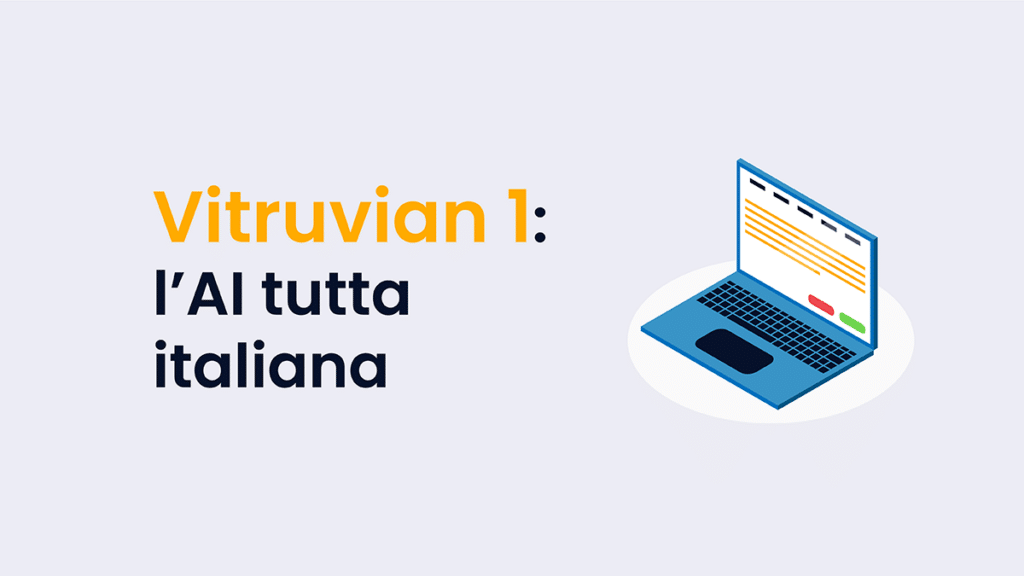Oggi la sostenibilità digitale è una preoccupazione crescente insieme alla centralizzazione del web.
In più le applicazioni native, sebbene offrano prestazioni elevate, presentano alcuni limiti. Limiti che diventano, a volte, barriere per la fruizione di alcuni. Fattore che va a influire sul numero di download e di conversioni, ma anche sull’immagine del brand da più punti di vista. Infatti le app native non è detto che siano adatte a tutto. Sono dispendiose e consumano risorse perché necessitano di sviluppi separati per diverse piattaforme e di aggiornamenti frequenti.
In questo quadro le progressive web apps hanno un ruolo interessante perché sono più semplici ed economiche da sviluppare da ogni puto di vista. E questo senza sacrificare esperienze utente rapide, affidabili. Con un alto grado di fruibilità e coinvolgimento adottando proprie soluzioni di design. Soluzioni che oltre a influire sull’UX e sull’UI, esprimono l’identità di un marchio e coltivano la sua brand awareness.

Indice dei contenuti
Cosa sono le progressive web apps?
Parliamo di un’evoluzione delle web app sviluppate appositamente per un browser specifico. Le progressive web app si adattano al browser e al dispositivo utilizzato. Questa è la differenza cruciale che le rende più economiche e accessibili, senza passare per gli app store. In più funzionano anche offline, offrendo quindi copertura ottimale, stabile, con le stesse prestazioni delle app native.
Ciò lo fanno attraverso principalmente due tecnologie: il Service Worker e il Web App Manifest.
Il primo è uno script in background che gestisce la cache, garantendo il funzionamento offline e migliorando le prestazioni della progressive web app, quindi funziona indipendentemente dalla pagina web abilitando notifiche push e sincronizzazioni in background.
Il secondo è un file JSON che definisce come una progressive web app appare e si comporta una volta installata, includendo icone, colori e modalità di visualizzazione.
Perché parlarne oggi?
Le progressive web apps esistono dal 2015 ma solo oggi si sta iniziando a comprendere e sfruttare il loro potenziale.
Prima infatti il supporto da parte dei browser non era completo, limitando l’adozione delle 2 tecnologie chiave che fanno funzionare una progressive web app. Solo oggi comincia a esserci attenzione verso la sostenibilità digitale e la decentralizzazione web. Anche l’aumento del lavoro da remoto spinge a cercare soluzioni scalabili per raggiungere un pubblico globale, incluse aree con connessioni lente o dispositivi meno performanti.
Quindi le progressive web apps sono più diffuse, sostenibili, economiche, relativamente decentralizzate perché non si passa per app store, efficienti e scalabili. Ecco perché se ne parla oggi… infatti cresce l’adozione da parte di aziende di tutti i tipi.
Grandi aziende che usano progressive web apps:
Se anche grandi aziende adottano progressive web apps, significa che le app native spariranno?
Le app native difficilmente scompariranno del tutto. Infatti i vantaggi di una progressive web app rispetto a un’app nativa sono ancora relativi. In altre parole una progressive web app può essere perfetta e più economica per un servizio di trasporti, per un social media o per ascoltare musica.
Ma serve un’app nativa dove è necessario l’accesso a degli hardware. Accessi avanzati come accade nel gaming, nell’editing video, nella realtà virtuale e aumentata. Tuttavia, per le applicazioni orientate all’utente medio, come e-commerce, social media e servizi di base le progressive web apps stanno indubbiamente iniziando a surclassare le app native, ridefinendo il loro spazio nell’ecosistema digitale.
Ecosistema digitale che in questi anni sta cambiando radicalmente tra intelligenza artificiale, web decentralizzato, e big data.










